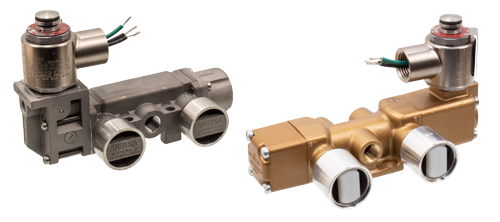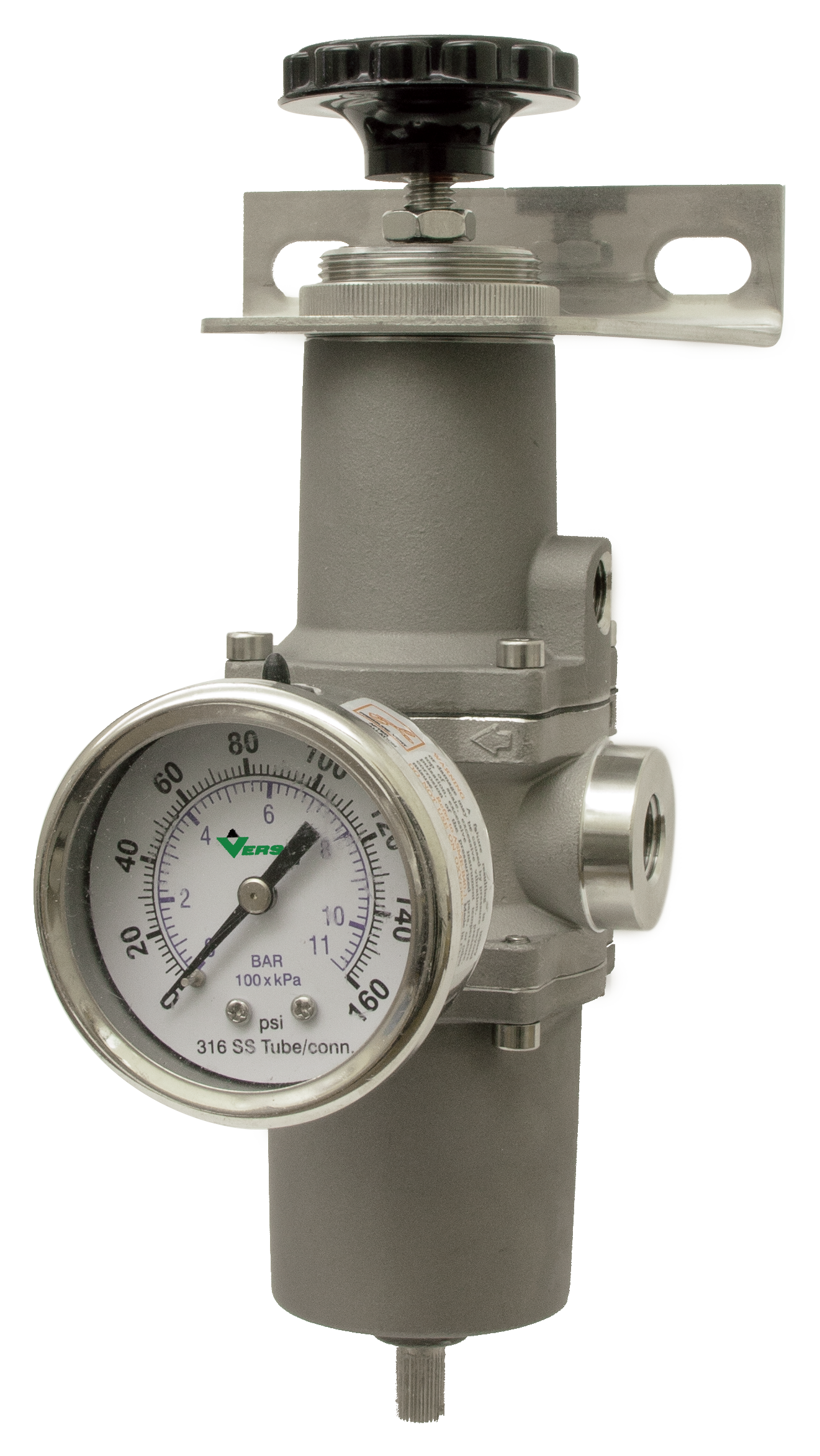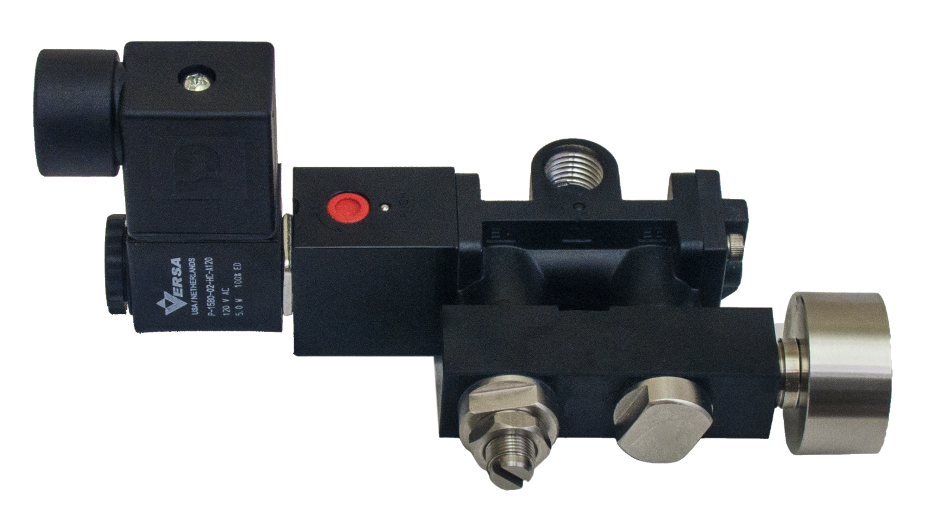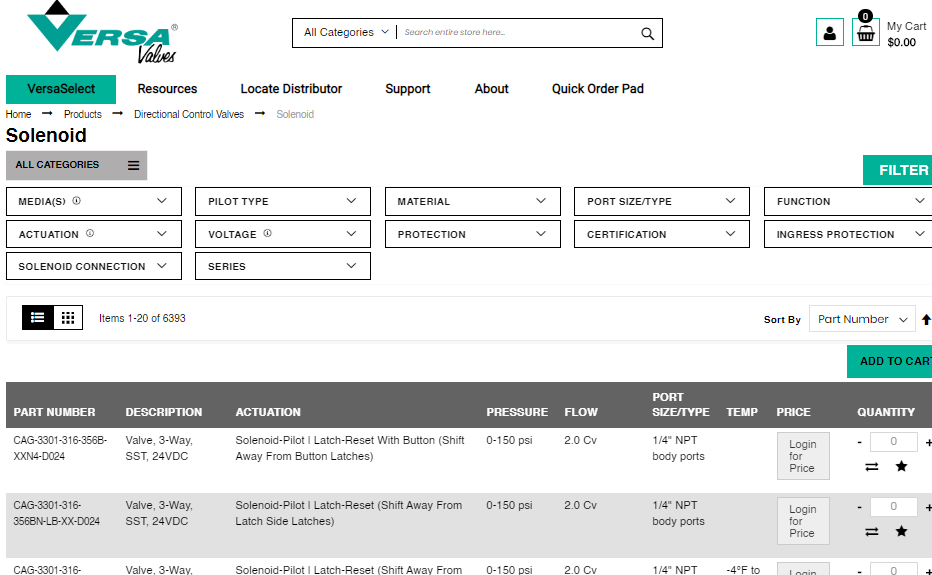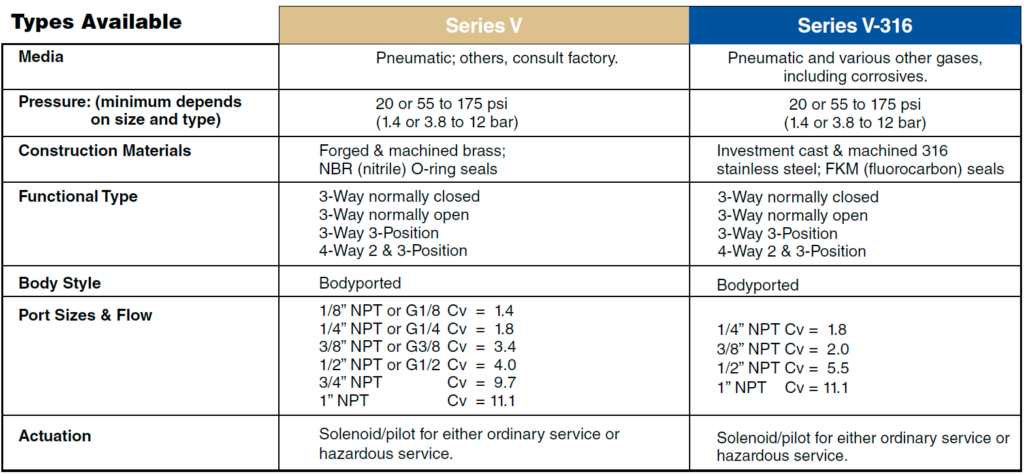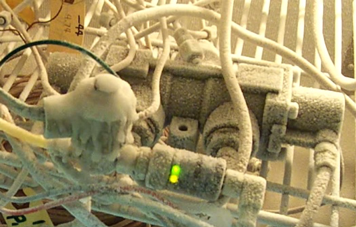Although good Industrial practices always demand the use of filtered, clean, air to ensure a longer life for the internals, often no consideration is given to environmental ingress into the valves.
We find that many valves are installed with limited to no protection on the exhaust ports and the solenoid operators.
When valves are open to the environment, there is a risk of ingress from the weather, airborne contamination, dust, sand, dirt, and insects. Over time this can shorten the life of the valve and impede the top performance you expect.

